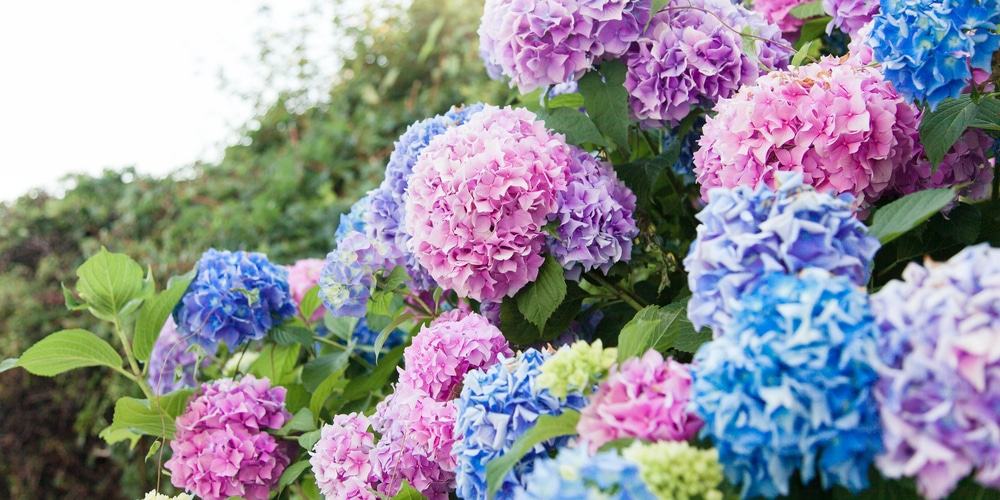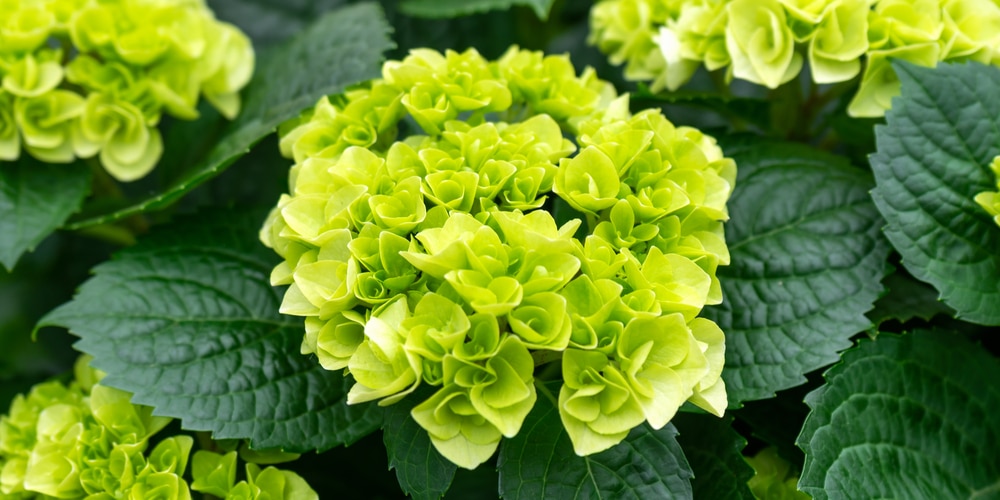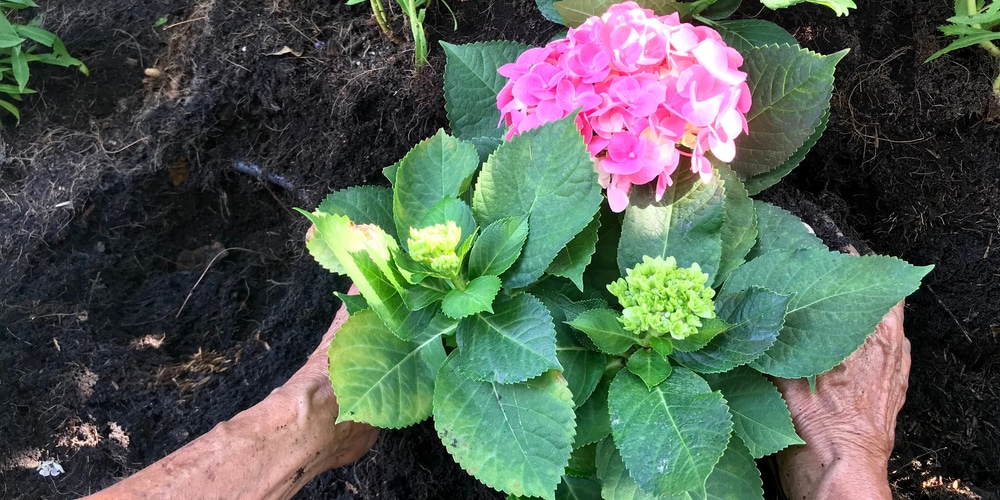There’s a lot to like about hydrangeas- they grow well in both sun and shade, produce spectacular bouquets, and tend to come back every year.
Fall is an important season for hydrangeas as it can dictate their health and the number of blooms the plants might make next year. You might be wondering as well when you should cut down the spent blooms and how to trim fall hydrangeas properly before the winter season comes.
Here’s a short guide on how to care for hydrangeas in the fall.
Should I Prune Hydrangeas in the Fall?
The answer to this question is both yes and no. The truth is, hydrangeas do not really require regular pruning, which speaks volumes about how easy they are to grow as houseplants. You can hold off on the pruning and still see a significant amount of colorful blooms next year.
The only time you should consider pruning hydrangeas in fall is if it is the right variety, and if you need to do a bit of cleanup or maintenance. If you notice your hydrangeas becoming unruly or if you want to shape or cut the foliage and allow the flower heads to be more visible, then by all means go ahead and make little snips here and there.
Hydrangea owners should be aware that there are two different kinds of hydrangeas- one that grows flower buds on ‘new’ wood, and the other grows flower buds on ‘old’ wood.
Generally, new wood is growth that comes in the current season while old wood refers to stems that have remained on the plant from summer last year.
The right time to prune depends on these two hydrangea varieties. Those who grow old wood hydrangeas will need to prune or cut spent flowers in summer and not later so they can get more potential clusters of flowers, while those caring for new wood hydrangeas can cut the spent flowers in fall once spent.
What Should I Do With Hydrangeas in Fall?
Aside from pruning, you’ll want to do some tidying up in preparation for the upcoming colder season.
You can clean up old blooms, or flower heads by cutting with a pair of sterilized scissors or shears just below the flower head. You can let the flower die on the plant but this won’t be the best option for those who want to keep their plants looking their best.
After that, you can turn your attention to unwanted or dead stems and remove them as well. It’s worth noting that the older the stem the smaller the blooms it produces year after year.
You can cut these to the ground level to keep your hydrangea vigorous and on its toes. If you are looking to keep your plant from getting too tall, it would be a good idea to remove the oldest canes first.
Rake up hydrangea leaves that have fallen on the ground to eliminate the presence of potential fall pests and diseases. As for the plant, you can remove dead leaves, flowers, and weeds that surround them to neaten up the landscape.
Fall blooming hydrangeas can take a last feeding with an acidic fertilizer specially designed for them. Remember that these plants prefer to stay in acidic soil that has plenty of nutrients so they can continue blooming profusely.
After this, you should allow your hydrangeas to change their foliage to yellow (which falls off) and enter a period of dormancy through the winter.
How to Care for Hydrangeas in Fall
Aside from the last feeding of fertilizer, you can also add a layer of organic compost. Spread this around the plant so it can absorb nutrients given off slowly by the compound.
However, doing both is not always recommended, and if you can provide compost instead of granular fertilizer, the better.
Adding a layer of mulch can help prepare your hydrangeas for the cold season ahead. Make sure that it’s not too thick or else it will trap moisture and lead to overly wet soil.
Around 2 to 3 inches of mulch will suffice and keep your hydrangeas warm and protected from sudden temperature changes.
Gardeners who live in colder zones will need to mulch more than those who live in warm regions. In addition, you can put up a sort of cover made from an old blanket, a cardboard box, or plastic sheets for hard frosts. Burlap can stave off freezing winds and keep your hydrangeas safe until spring comes.
Should I Cut Down Hydrangea Bushes in the Fall?
It is generally not a good idea to cut back hydrangeas in fall. It’s either you cut in summer after the plants’ flowers are spent, or wait until late winter or early spring to cut back old and dead stems to the ground.
The only exception to the rule is the new wood hydrangea bloomers and when you’re pruning to maintain a shape or trimming out unwanted stems.
To prevent your hydrangea flowers from flopping, you should cut tall stems to around 3 to 4 feet (or 18 to 24 inches) so the foliage will have a support system in place.
Related Article: Do Hydrangeas Do Well in Clay Soil?


